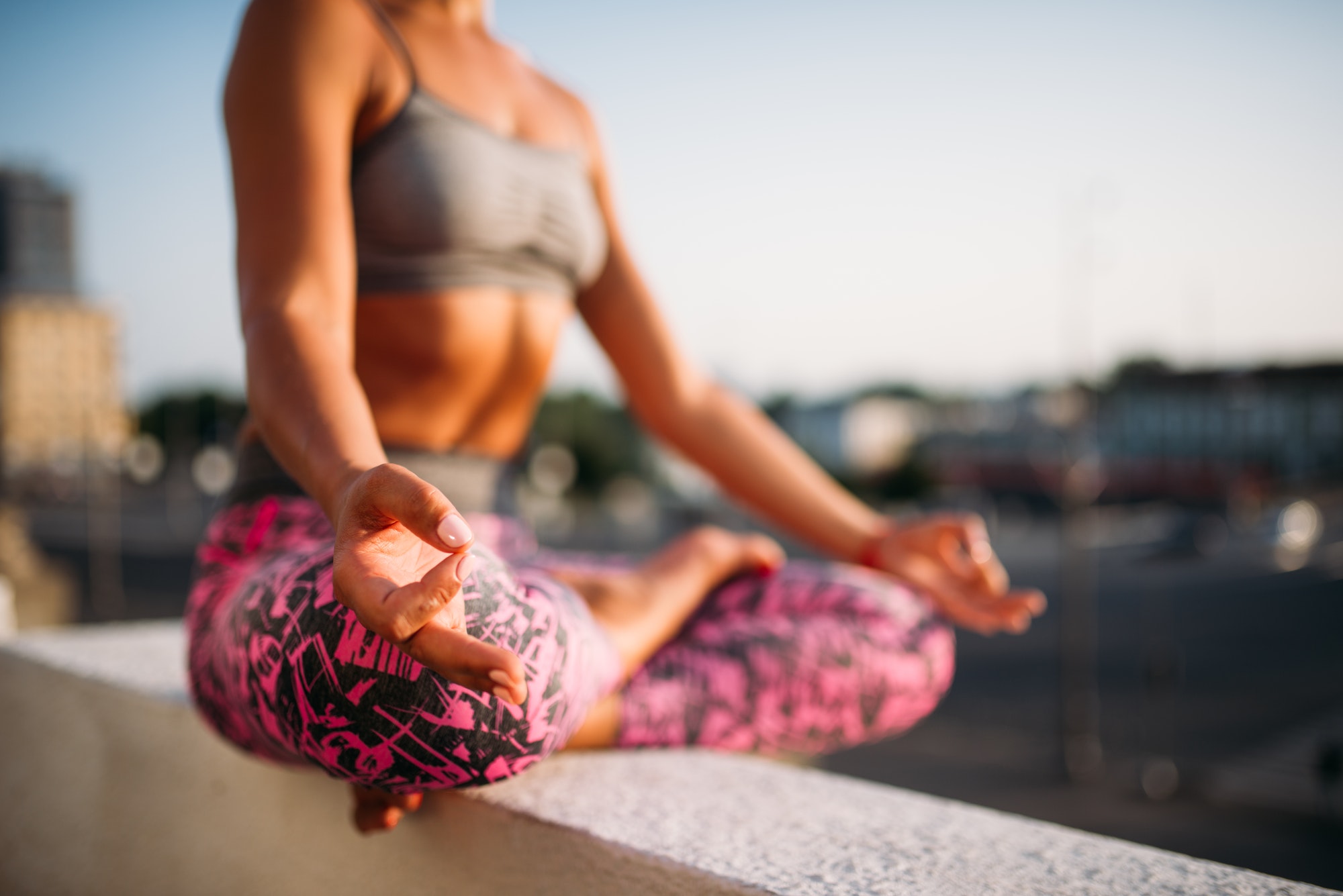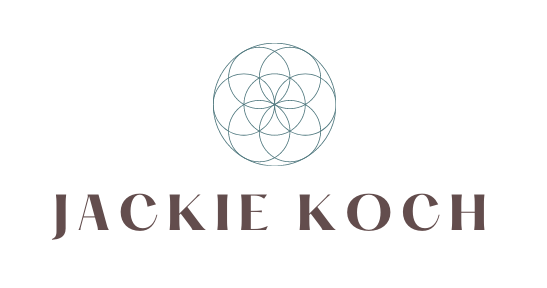Recovering From An Injury?
Here Are 5 Reason Why You Should Practice Yoga
Here Are 5 Reason Why You Should Practice Yoga

I first discovered yoga when I was recovering from a dance injury. I had tried it once before, but honestly it wasn’t the right class or moment in my life. After the injury I felt like my body, mind, and spirit were broken. Maybe yoga could be therapeutic and help me during this long road of recovery. I decided to give it another try with a different teacher and discovered how a great yoga class can truly be a deep healing experience.
During yoga the movements were nourishing and gentle, which was such a contrast to the extremes of dancing and fitness. One of the best parts of the practice was the meditation and breathwork. The introspection helped me grieve and emotionally deal with my injury. It also helped me mentally come back stronger and more aware in my body. The best part was that I discovered a new way to tap into peace, no matter the storm.
This was my introduction to seeing how restorative and powerful a yoga session could be. Everyone is bound to get sick or injured at some point, but how do we mange this difficult time in life? Yoga can be a perfect compliment to healing and support us all through life.
Yoga is very accessible. I’ve taught people with cancer, brain injuries, fibromyalgia, artritis, ADHD, depression, insomnia, grief, injuries, disabilities, pregnancy, advanced age, and even toddlers. If you can move and breathe, then you can practice yoga. Though if your dealing with a particular injury or issue, it’s necessary to create a safe space and find an experienced teacher that can mindfully guide the class. Yoga can support a healthy life-style, release stress, and even speed up recovery depending on the style and application.
Here are 5 reasons why yoga is the perfect compliment to your healing journey:
1. It brings the body into a parasympathetic healing state and boosts mood, which can be helpful when dealing with the struggle of recovery.
Let’s be honest, getting injured or being ill is horrible. Not only do we feel discomfort in our bodies, but our mind suffers the stress of being in pain, feeling low energy, and figuring out the complicated recovery. It’s an emotional and physical rollercoaster that can change daily and leave our nerves frayed. This comes with tension in the muscles and restriction in how we breathe. It can also manifest in depression and anxiety because recovery isn’t easy.
In yoga breath is everything. Your breath naturally connects into so many other systems of the body, the nervous system especially. The body can’t heal efficiently if it’s in a constant state of stress or activation (sympathetic state). When you are sick, rest is one of the most important tools in rebuilding the body. We can use breathing techniques to come into a calm rest and digest state (parasympathetic state). Meditation can help us detach from the struggle and support us mentally during the road of recovery. Gently stretching or coming into restorative poses can have that same affect of ease, which is vital when the body is experiencing trama or difficulty.
2. It gets you back to moving in a gentle and mindful manner.
When something hurts we usually try not to move it or touch it. It’s sensitive, sore, or painful, so we want to leave it alone. That might be fine when the injury first occurs, though making immobility a habit points you in an unhealthy direction. For the body to heal it needs fresh blood, oxygen, nutrients, antibodies, ect. All this is delivered via the blood and not moving will limit the good resources that need circulating. Also if you don’t use it, you might lose it. The muscles around the injury can become tense, weak, and inactive, which will eventually create other imbalances in the body.
Certain styles of yoga such as hatha, restorative, yin, or yoga therapy take a very gentle approach with movement. They focus on mobility, opening up range of motion slowly, and even create low impact strengthening similar to physical therapy. Rehabilitation comes with retraining or adapting the problematic area, so it can once again be functional and balanced. Even if you have to limit the range of movement in a injured area for while, you can still focus on moving other healthy ares of the body because everything is interconnected. Use what you got and focus on what you can do now!
3. It creates body awareness, so you can heal at your own tempo without worry of reinjuring yourself again.
We begin every yoga class with breathwork and mediation to open up communication within the body and acknowledge how we truly feel. It’s common in daily life to ignore messages the body sends, so we can push through. Though within our yoga practice we must be honest with how feel first, so we can accept it then transform that space. If you don’t listen to the body when it whispers, trust me you will when it screams.
That’s why we connect very deeply with sensations and use our breath as a guide to turn up or down the intensity. The goal is to keep the breath slow and steady. A strained breath is a sign that we’ve pushed it too far. We’ll also see the face get red, eyes squint, and the jaw clench when we’ve gone past our limit. In contrast when we are at ease, the face muscles relax and the breath from the belly deepens. This is the safe and conscious state we want to stay in while we practice. By opening up this mind body communication and practicing the poses, we are able to sense the progress of recovery. This body awareness keeps us safe so we are less likely to reinjury ourselves again.
4. Customize and tailor your practice to fit your needs.
Certain styles of yoga have a set sequence of poses, though a therapeutic yoga teacher will customize a practice to your needs. I can tell you personally that not every yoga style or pose is for everybody out there. Touching your toes does not make you a healthier or better person. We need to discover a practice that meets us where we are today and nourishes the body, not competes with it.
That’s why I wouldn’t ask a stressed business man with neck tension to practice headstand. It’s just not beneficial to him and could strain him more. I would incorporate extra mediation, breathwork, neck stretching, low impact strengthening, and mobility movements in the rest of the body. This type of practice will address his stationary lifestyle and stressed out mind. Yoga is supposed to bring us to balance and often times that’s doing something for 1 hour that we normally don’t do for the other 23 hours. By working with a skilled instructor you can create a yoga practice that’s not only accessible, but enjoyable and inspiring so you keep practicing the rest of your life.
5. The wellness techniques you learn during healing can continue after recovery to support a healthy lifestyle.
After learning breathing techniques, meditations, and poses to support the body, I remember thinking “where have you been all my life?” I was finally able to regulate my nervous system with the techniques. The self awareness I learned showed me my triggers. This was more that a yoga lesson, it was a life lesson and it would be wise of me to continue.
Anyone who is serious about yoga knows that it’s more than a class, but rather a way of life. It’s a holistic practice that can also be spiritual and lead you down the rabbit hole of wellness. Many people come to the mat to stretch, but many of my students also tell me they practice breathing throughout the day. They are mindful of what they are taking in and what they are letting go of, which shows up symbolically in other areas of their life. We become surrounded by teachings and a community that focuses on happiness and balance through health.
Yoga is multidimensional and has the ability to support many parts of healing ourself physically, mentally, emotionally, and even spiritually. If we’ve experienced physical trama and are worried about our health yoga can helps us find ease, relief, and even strength. It can inspire us to make peace with things we cannot control and give us patience along our journey. We take what we need from yoga depending on what’s going on in life. Though once we open the door to this practice, it will forever be there for us to lean on.
Message me today to guide your yoga class or healing experience.
